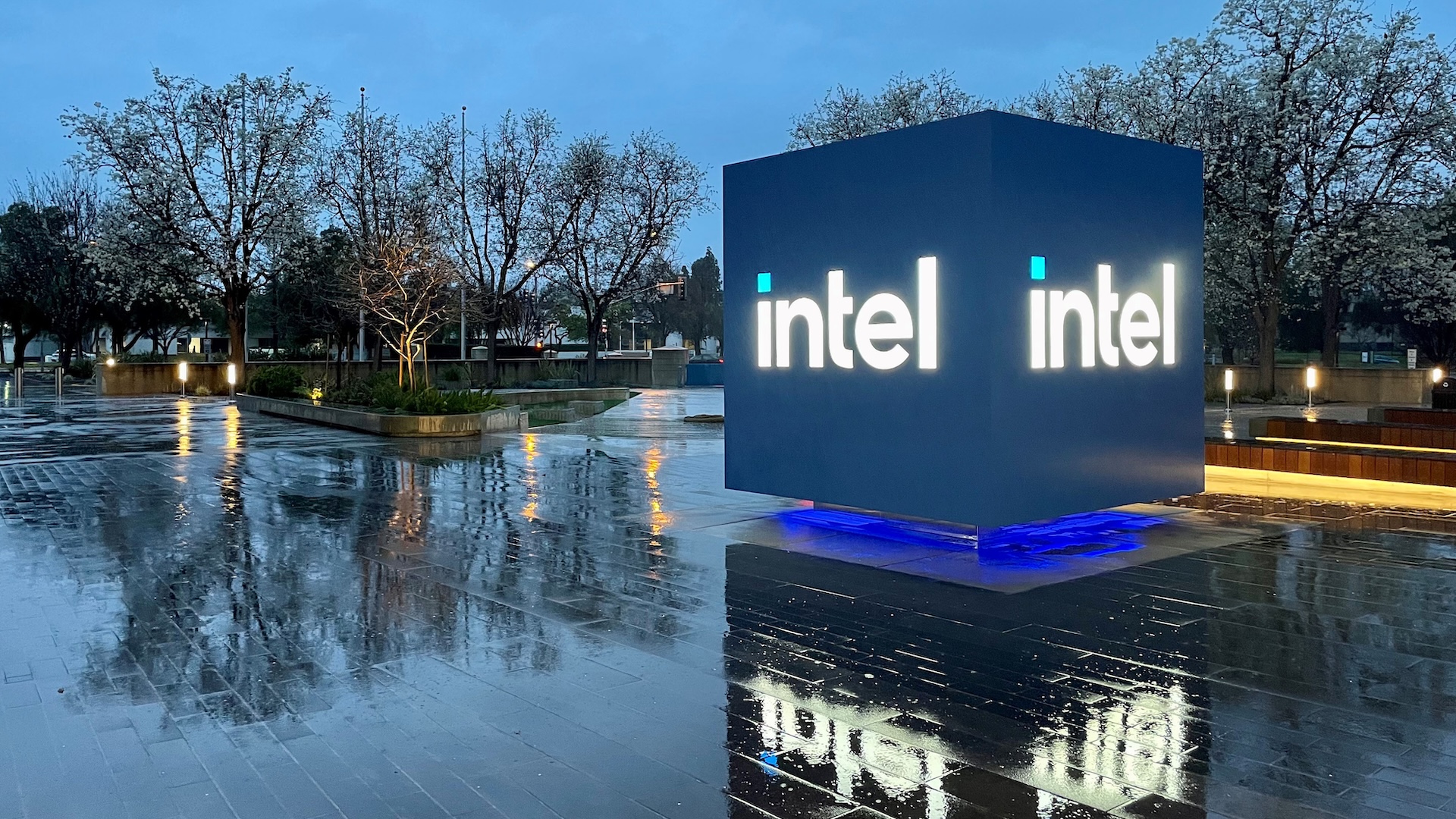American lawmakers have quietly been discussing options on how they could help Intel get back on its feet should its financial situation deteriorate. According to aSemaforreport, sources say this possible rescue package will be above and beyond the scope of the CHIPS Act, which wouldaward the company at least $8.5 billionbefore the end of 2024.
It should be noted, though, that these are just precautionary discussions of backup plans in case the company folds. After all, the company had reported a strong outlook on its third quarterly earnings call for 2024.

These discussions show how much Washington, D.C. values Intel, primarily as the U.S. competes with China for global dominance in advanced technologies. Although both AMD and Nvidia, semiconductor giants in their rights, are also American companies, Intel is the only one that both designsandmanufactures chips. “Intel is the only American company that designs and manufactures leading-edge chips and is playing a critical role in enabling a globally competitive semiconductor ecosystem in the U.S.,” said an Intel spokesperson to Semafor.
If Intel were to fail, the U.S. would have to rely on TSMC and Samsung to make its most advanced chips. Even though both of these companies already have fabs in the U.S., they only provide a fraction of their total output. Furthermore, although both companies have headquarters based in allied countries, South Korea and Taiwan are at risk because of their proximity to China.

Another reason why the Capitol and the White House wouldn’t want to see Intel fail is because it’s one of America’s top exporters, with its export revenue in 2023 exceeding $40 billion. Aside from that, the company is alsoworking with the Pentagon’s Secure Enclave programto build leading-edge chips for the military, making it crucial for the country’s economy andsecurity. It’s also a major employer — even though it’s in the process of laying off over 16,000 people, it still has over 120,000 employees on its payroll.
However, sources say policymakers are shying away from lump sum bailout payments as the White House did for Chrysler and General Motors in 2008. Instead, one of the solutions they’re considering is a government-encouraged private-sector merger, potentially with other Intel rivals like AMD or Marvell. After all, there have already beensome rumors that ArmandQualcomm are allegedly interested in acquiringa part or all of Intel—but some experts say thatbreaking up Intel will not do anyone good.
Whatever the case, let’s hope that Intel will not get into a position where it would require federal assistance to ensure its survival.Intel’s 18A chip is already showing promise, with the company saying thatAmazonand two other companies are committing to using its technology for their next-generation semiconductors. If everything goes according to plan, Intel should be able to pick itself up and compete again. Still, it wouldn’t hurt the American government to have a backup plan ready if something else goes wrong.
Get Tom’s Hardware’s best news and in-depth reviews, straight to your inbox.
Jowi Morales is a tech enthusiast with years of experience working in the industry. He’s been writing with several tech publications since 2021, where he’s been interested in tech hardware and consumer electronics.